Why are Non-Native Grasses Bad?


In this post, we explain how and why non-native – in many cases invasive – grass species can often become damaging yet overlooked members of our neighborhood ecosystems.

By now, you will likely have read or heard news of the tragic and devastating fires in Maui, Hawaii. In August of 2023, a series of wildfires, propelled by strong winds, grew rapidly out of control. Among other incredible damages, the inferno consumed approximately 80% of the town of Lahaina, killing at least 115 people and leaving over 1000 more still missing as of this writing. There are many unfortunate circumstances thought to have set the scene, but I will focus on one in particular with this post: a suite of non-native grass species introduced to Hawaii have been recently highlighted as very likely contributing to this tragedy. Unfortunately, this is the latest and most fatal example of a problem that many US eco-regions now face. Below, I’ll explain a bit how and why non-native – in many cases invasive – grass species can often become such damaging – even dangerous – yet overlooked members of our neighborhood ecosystems. Although the tragedy that fell on Maui can maybe feel like a world away for folks in mainland America, non-native and invasive plants have become a problem we will all need to address, wherever we live.
What were the grass species involved in Hawaii?
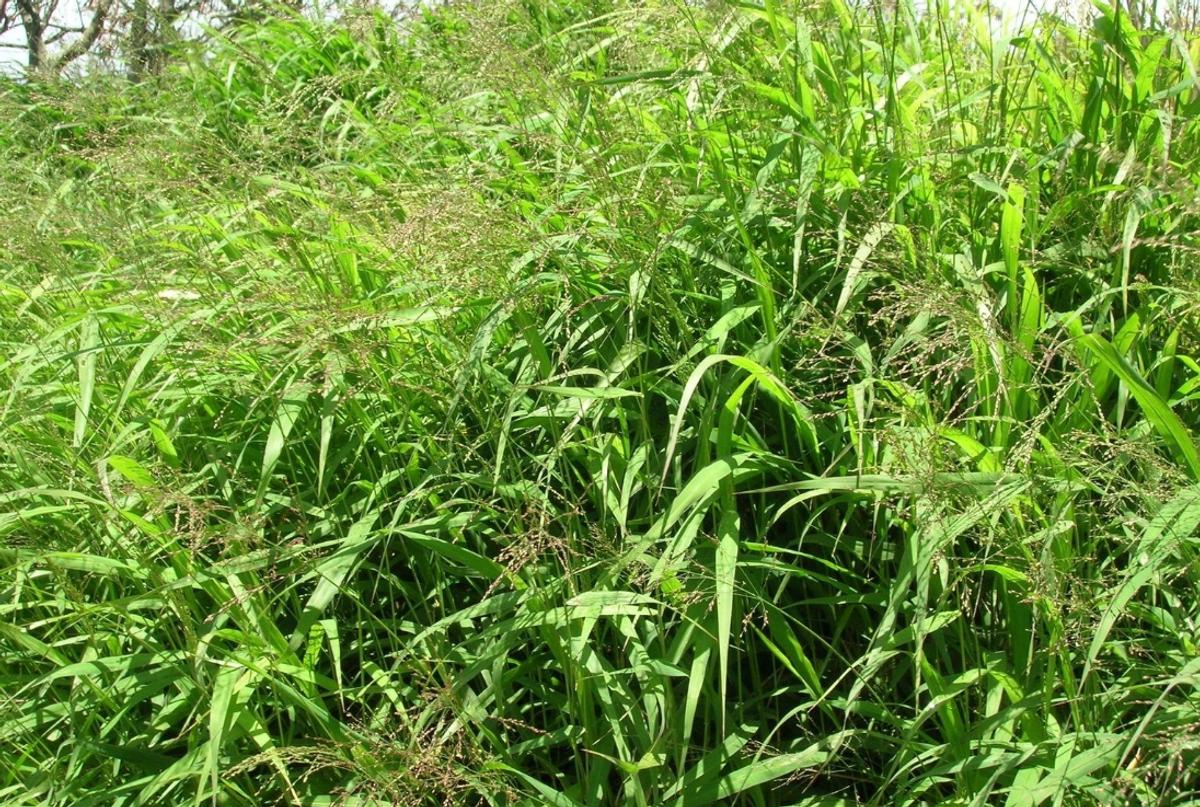
Two of the non-native grass species named in the recent reporting on Lahaina include Crimson Fountaingrass (Cenchrus setaceus) and Guinea Grass (Megathyrsus maximus). Both species were originally brought to Hawaii in past years for their ornamental value and to support livestock grazing (which were also, incidentally, introduced there!). Both species are also well-adapted to ecosystems with regular wildfires. This means they tend to become highly flammable as part of their life cycle. This is not an issue in areas that are similarly adapted to regular fires but can be an enormous risk elsewhere. Along with their high flammability, these grasses are also highly aggressive: they grow quickly, grow tall (M. maximus can reach up to 11 feet or more), and boast incredible seed production (up to thousands of seeds per plant!). All of these features have enabled these species to become badly invasive in Hawaii and elsewhere, as they can naturally suppress and outgrow the native grasses and other species that are actually adapted to those ecosystems.
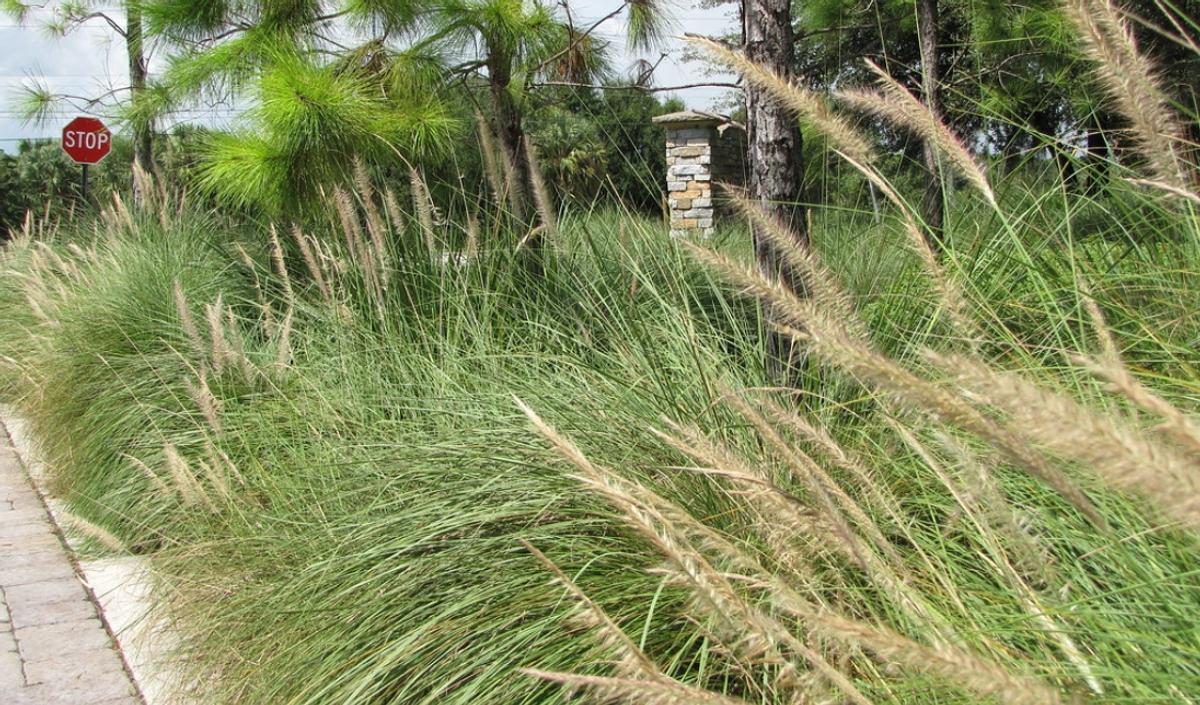
What are non-native plants and how are they different from invasive plants in general?
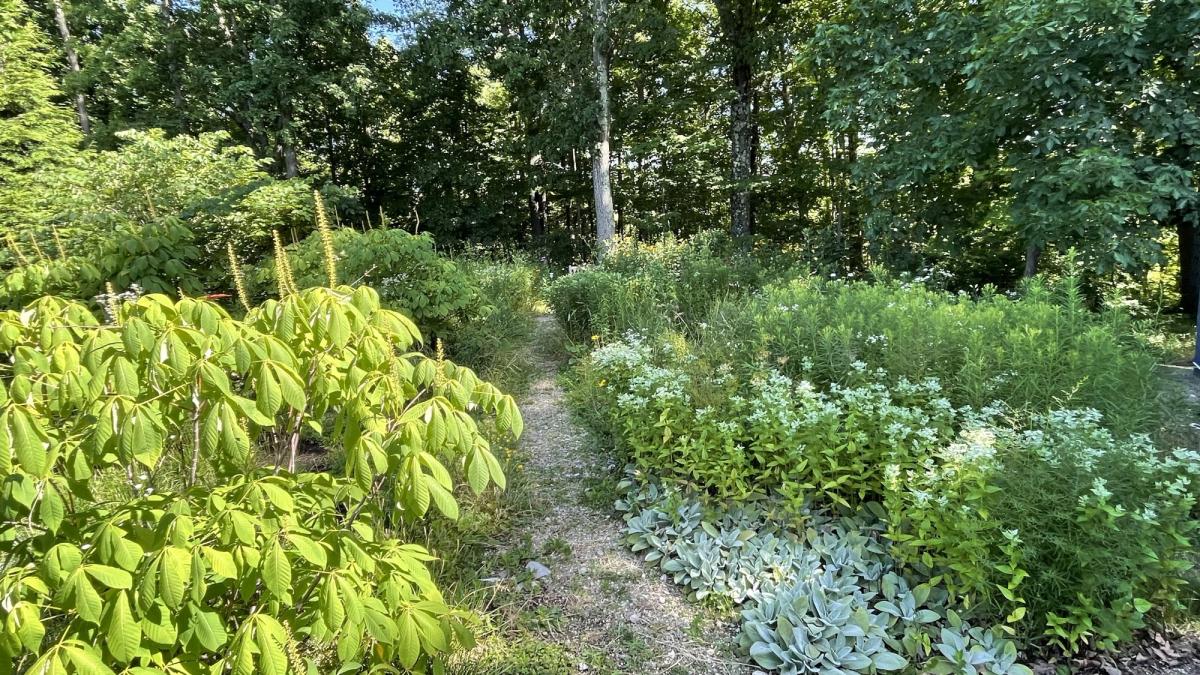
Plants, like humans, have been moving around the planet for thousands of years. Normally, plants move very gradually through seed dispersal via wind, water, animals, or even just simply flopping over to deposit their seeds a stem’s length away. These methods work well, but typically aren’t enough to get a plant a continent’s length, or an ocean’s distance, away. In fact, the rate is so gradual that these plants, now considered native species in their region, come to form functional and balanced relationships with the many other plants and animals nearby. Over time, these native plant communities thus came to define a key foundational pillar of local ecosystem health. In fact, alongside the native microbes, soils, and animals, they arguably help define the ecosystem itself.

By contrast, we humans have figured out how to travel the globe quite quickly! During the last 150 years and more, we started taking some of our local plants with us wherever we would go; typically because we like to eat them (agriculture) or we like to look at them (ornamental). What this means is that the vast majority of our planet’s richly and naturally diversified native plant communities now host at least some "non-native" plant species that we very recently and unnaturally introduced. Some of these non-native plants manage to fit into their new environments without causing too much of a splash, but in other cases, they rapidly take over. This is often because, in their new environment, these plants don’t have to deal with the same predators, diseases, and climatic challenges that may have originally kept them in better check. These are the “invasive” plants that we must push back against, in order to protect our native ecosystems.

So, why are non-native grasses a big deal?
Non-native grasses are very frequently among the worst invasive plants. This is down to a handful of reasons. First, they tend to grow very aggressively and, with wide but shallow root systems, can quickly soak up both the available sunlight and soil moisture from their neighbors while contributing to soil erosion. Because of this spreading habit, invasive grasses may quickly form large monocultures – continuous stands of just one species – that offer very little to the wider ecosystem. All this, combined with their flammability (particularly of cheatgrasses and bunchgrasses), can rapidly reshape or destroy an otherwise balanced ecosystem.
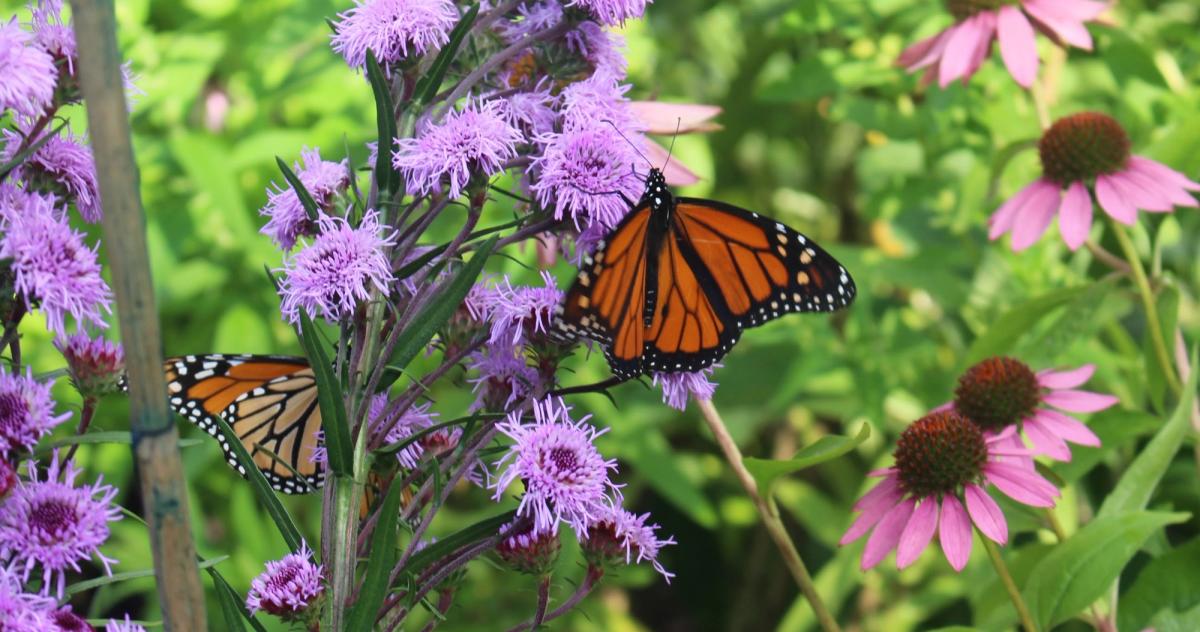
Why do we have so many invasive species of grass in North America?
Historically, non-native grasses were introduced either intentionally, for example as a means of supporting domestic livestock, or simply by accident. With irresponsible land management practices, livestock grazing pressure can quickly obliterate native grasslands and other ecosystems. To address this at a time when we lacked any major awareness or appreciation for ecosystem health, introducing quick-growing and relatively nutritious grasses that could sustain such grazing intensity may have seemed like a great solution to supporting huge numbers of grazing animals. Other grass species, such as Cheatgrass (Bromus tectorum), also known as Downy Brome, were likely accidentally introduced to North America in the 1800s. Cheatgrass is now listed as an exotic annual grass around most of the world and is considered an invasive weed across North America where it is badly harming rangeland health to this day. Like the species listed above, Cheatgrass populations grow quickly and can badly alter fire regimes.
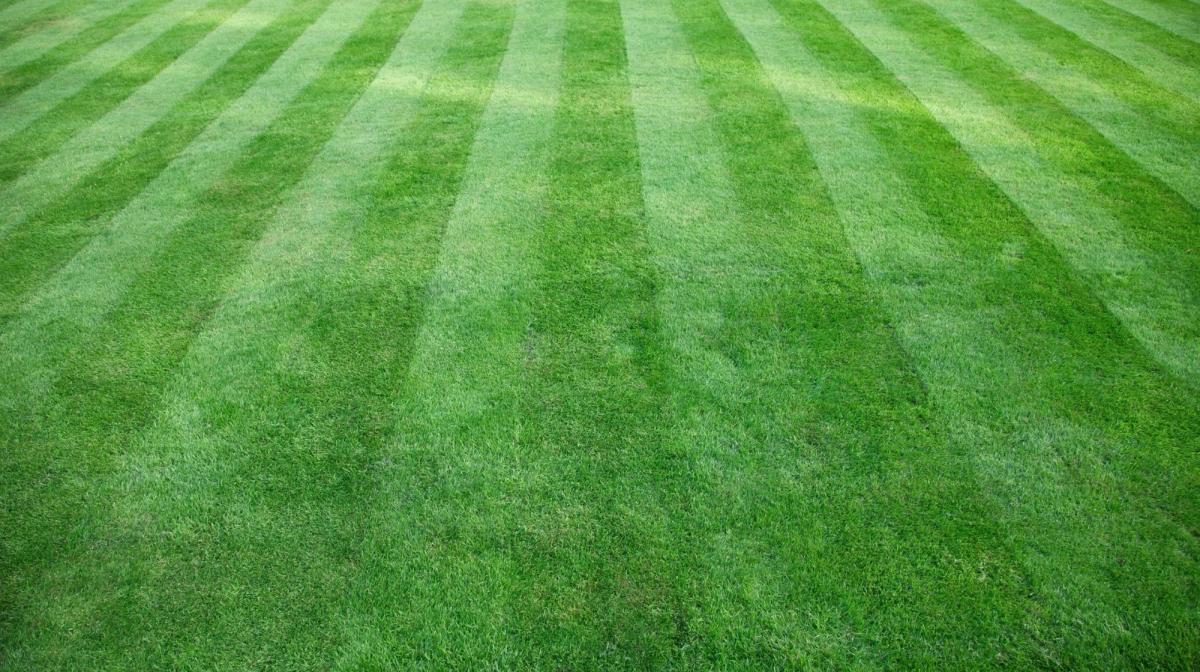
Outside of the ecological restoration community, America has only recently been waking up to its decades-long affair with terribly invasive grasses. Alongside the taller, ornamental grasses, much of America’s lawns are introduced grass species. Bermuda Grass (Cynodon dactylon) – one of the most popular lawn species – is actually considered one of the most harmfully invasive species on the planet for its rapid-spreading habit and potential to alter an ecosystem’s fire regime, nutrient cycling, and overall plant community composition. Alongside these issues, these grass species do little to nothing to support wildlife in their introduced communities as the surrounding insects, mammals and birds simply haven’t evolved to eat them.
So what can we do?
Thankfully, many homeowners across the US, are growing increasingly aware of the harms of lawns and invasive grasses. Better yet, we now have a clear pathway to repair the damages previously done in ignorance: remove these invasive species and, wherever possible, help the remaining native ecosystems to reestablish. You can contribute to this effort in your own yard by removing larger non-native ornamental grasses, flowers, and shrubs, and by reducing the amount of your yard that you use for lawn.

Instead, consider turning all or part of your yard into a native plant community. Replace your non-native plants and lawn with the glorious grasses and flowers that are native to your part of the country. Rather than eroding or disrupting your local ecosystems, these species will actively and directly support and improve them.
Reintroducing native grasses alone will bring a more predictable fire regime, much better soil stabilization, food for many species of beneficial insects, and (especially in regions that contain prairie biomes) far more complete habitat for mammals and birds. Increasingly, the direction of our planet’s future is being place in the hands of each one of us. If you are lucky enough to own a home, your yard is your piece of our planet. What world do you want to see?



Share this article


